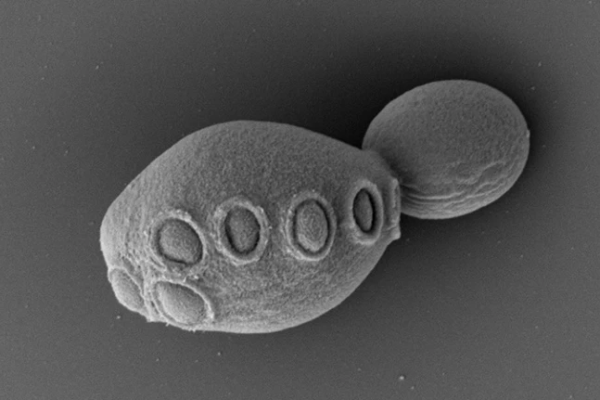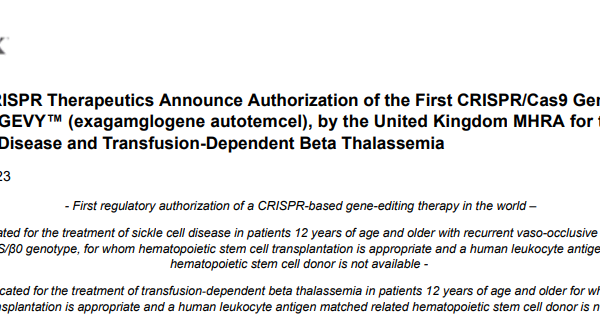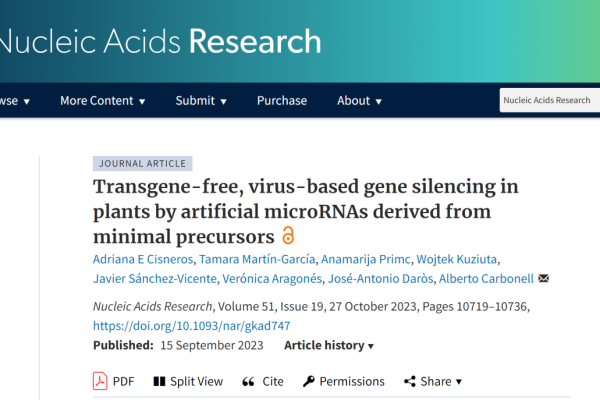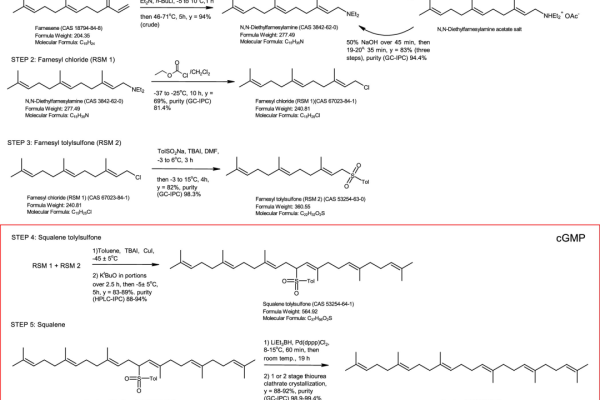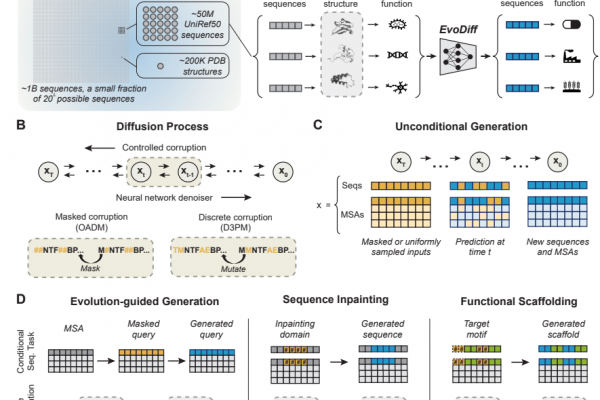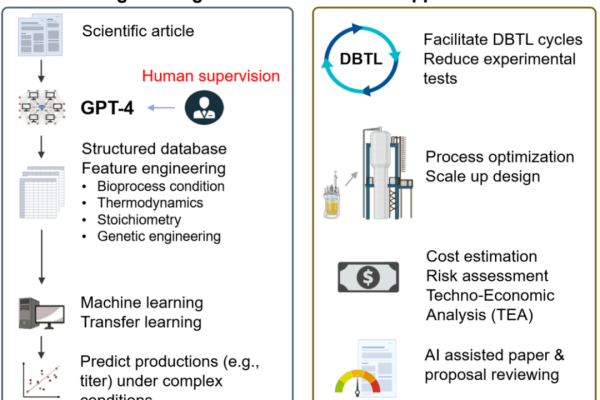
The University of Washington team utilized GPT-4 to reasonably predict engineered yeast production through algorithmic models
Biomanufacturing technology based on synthetic biology can create novel creations in a flexible and diverse manner that have not been before. However, due to the complexity of biological systems, researchers have to rely on repeated experiments to cultivate and screen engineering microorganisms with superior performance. To reduce the number of experiments and improve the efficiency…






